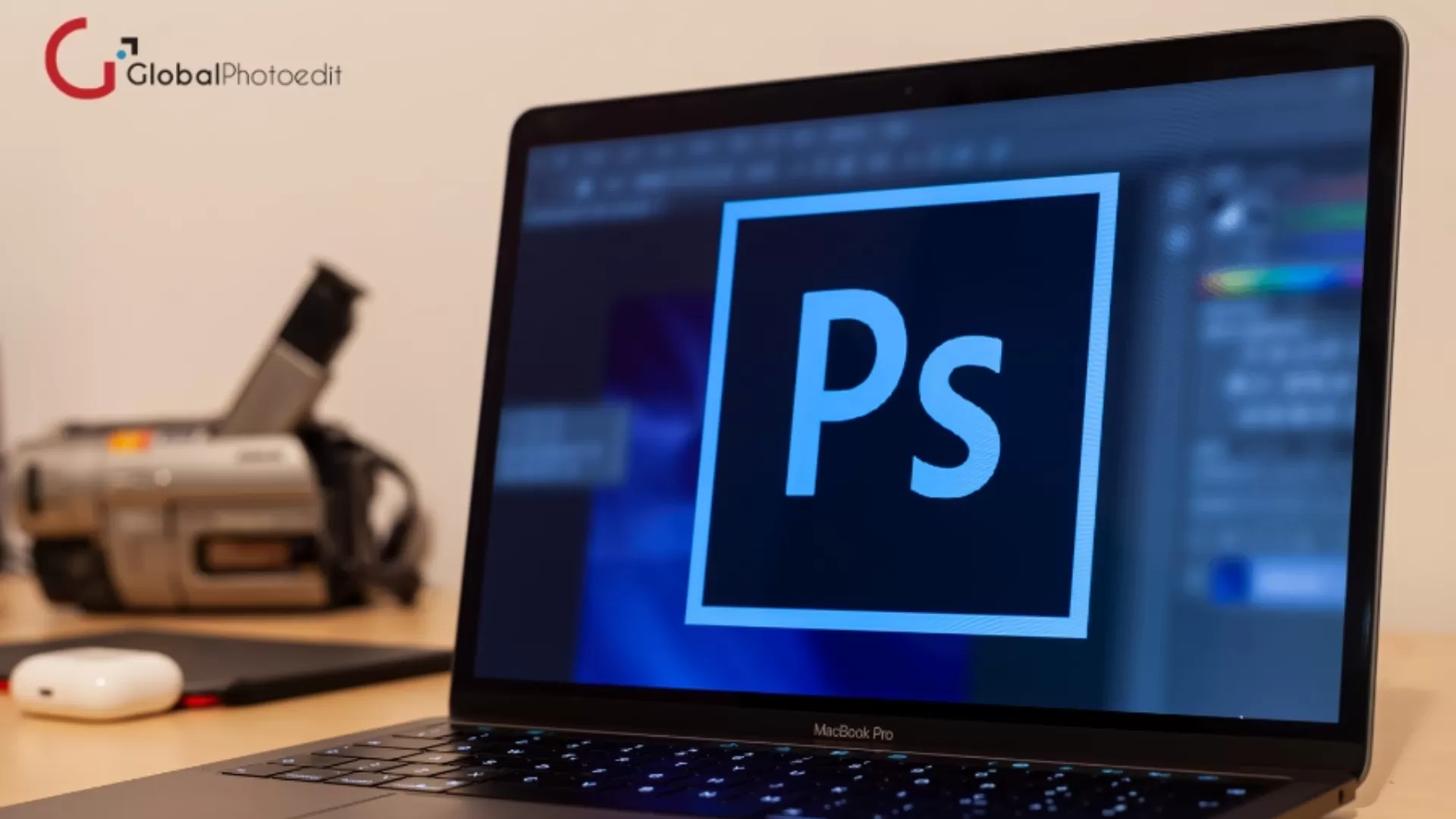All About Photoshop Fails and Ways to Avoid Them
Photoshop is an extensive software that is used for digital image editing, and has no limitations as to what you can create. But utility alone will not be sufficient to keep using it with great power comes great responsibility.
Essentially, misuse or overuse of Photoshop may lead to what commonly is referred to as Photoshop fail. These failures may be minor or may be highly apparent such that not only does it distort the image, but also brings joker and scorn on the person involved in case it was a commercial or public event.
To anyone who is into digital image editing it is important to note some of the common Photoshop fails that are definitely missed by almost everyone. This blog on Photoshop fails is from Global Photo Edit. We’re the leading professional portrait retouching services.
Common Photoshop Fails
1. Proportional Distortions
The most common blunder is overemphasized adjusting of the figure where limbs of the figure such as arms, legs, or waists are overexaggerated in size.
These mistakes are usual when an editor attempts to make the figure slimmer or to build up certain characteristics, but overlooks the correct proportions of the physique. The result can be an unnatural, sometimes comical, appearance because hair is styled, curled, and permanently waved into limited straits, directions.
2. Background Blunders
Another mistake is the background that was not adequately edited, or, in fact, was not edited at all. This can contain items such as shadows where they should not be, objects which are copied and backgrounds where the eraser was not used to completion.
These are usually as a result of poor editing or lack of care with icons by experts at product photo editing service provider.
3. Over-Smoothing Skin
Also common is the practice of using the ‘Photoshop’ tool to remove skin imperfections, but doing it excessively gives a fake and plastic look. Abusing the “Blur” or “Smudge” function will lead to removing the skin’s natural texture, and render the subject synthetic, leading to degradation of the photo quality.
4. Missing or Extra Limbs
Catastrophic fail, is quite common, and, respectively, regularly covered in fashion-related magazines. That is why editors, in their endeavors to improve an image, frequently cut off a limb or unintentionally draw an extra one. These errors are normally caused by fault or over-enthusiasm use of the clone or crop tool.
5. Lighting and Shadow Inconsistencies
Landscaping involves wisdom on the way to place lights so that shadows are also well placed to give a realistic view. However, if one does not properly superimpose the shadow or if one has put the light source in the wrong manner, the image looks over-digital.
Ways to Avoid Photoshop Fails
1. Maintain Proportions
Whenever you are, for example, adjusting the body shapes or features, the proportions should never be forgotten. When using the “Liquify” tool, be very careful with the choice of settings; switch between the two images, the original and modified ones, to assess the believability of the changes made. To stay as symmetrical as possible it is beneficial to use guides and grids.
2. Pay Attention to Backgrounds
When editing backgrounds it is recommended to be very sensitive and make sure that the shadows, reflection and objects are well done. When using the “Clone Stamp” and the “Patch” tools, work with appropriate attention, and do not forget to zoom in and out visually several times.
3. Keep Skin Edits Subtle
This way you can avoid over-smoothing skin or any other body part and yet get a natural looking photograph as frequency separation enables you to actually edit skin tone and skin texture of different frequencies as separate units. Moreover, do not abuse the “Dodge and Burn” options too much, thus making the skin look unrealistic and too polished.
4. Double-Check Details
As per experts at professional portrait retouching services, while doing the final touch on an image, examine it very well in order not to find some limbs missing or some limbs duplicated.
Use it to peer at small elements in a picture or scene and use it to step back and look at the general arrangement. One can develop what could be referred to as a checklist of the aspects to look for such as number of limbs, facial division, and the placement of objects.
5. Be Wary with Light and Shadows
Always light and align them correctly with those in the picture to enhance the illumination of the picture. When painting light and shadow effects, consider the direction and nature of the natural light source and imitate it to the later. Do not overdo the options like “Dodge,” “Burn,” and “Brightness/Contrast” and always compare the final result to the actual picture.
6. Seek Feedback
As you prepare to release an image or before finalizing it seek the opinion of your peers or your mentor. It’s always useful to get a second opinion – someone new may pick up on things that you might overlook. Peer reviews are especially useful in pointing out small mistakes that have huge potential to become classic Photoshop fails.
7. Continuous Learning
There are always newer tools and features that are being introduced in Photoshop on a regular basis. These are some of the new features that one needs to spend some quality time with in order to note improvements and to avoid making mistakes during the editing process. Sites that offer tutorials, courses and support groups can also be beneficial.
Conclusion
One can come across embarrassing and damaging results of Photoshop failing in different spheres of life, including the working one. Nevertheless, knowing about these mistakes and using a number of rules in editing, one can avoid these errors and generate accurate and perfect pictures.
Just one important note here – the real power of Photoshop is in the apparently small changes, incredible focus and constant practice. Being conscious of these principles will enable one to effectively apply and harness the advanced features of Photoshop, without being caught up in these usual pitfalls or problems. To avoid Photoshop fail, and embarrassing situations, contact Global Photo Edit. We’re the best product photo editing service provider. We provide comprehensive image editing services.








